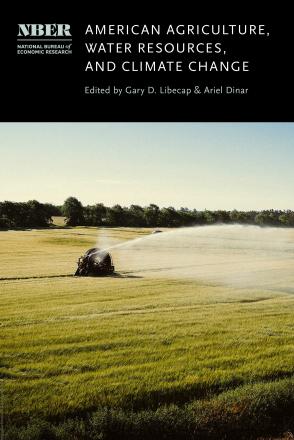Perceived Water Scarcity and Irrigation Technology Adoption

Agricultural producers make investment decisions based on expectations of future returns. This article investigates how changes in perceptions about input availability affects the adoption of conservation practices. We develop a theoretical model to examine how a producer's perception of water shortages influences investment in more efficient irrigation technologies. Using publicly available data on water rights and irrigated cropland, we construct a novel dataset to empirically identify the impact of changing perceptions about water availability on conservation decisions. We leverage a natural experiment in Colorado in which a period of severe drought and institutional change in the early 2000s led to an exogenous shock to expectations for some water right holders. It is estimated that producers who experience unprecedented increases in the curtailment of their water right convert 11 percent more land to a more efficient irrigation technology on average. We also present evidence that adoption rates are driven more so by changes in surface water availability than groundwater. This analysis provides useful insight into the role of expectations in incentivizing adaptation to water scarcity in irrigated agriculture.


